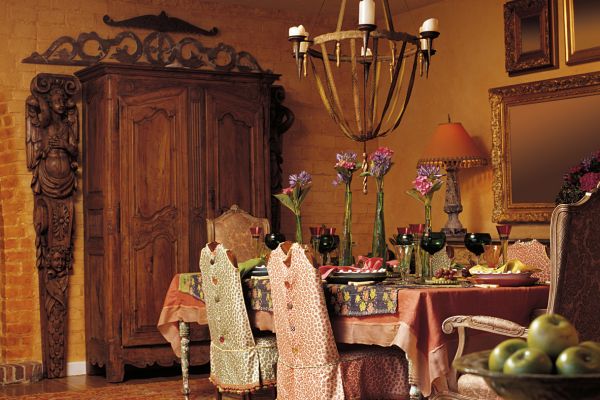If you have any desire to move beyond goldfish and guppies and into the exciting world of saltwater reef aquariums, you are going to have to tackle the basics of plumbing your aquarium. Many of the invertebrates you work with in a reef aquarium require a strong flow of water running constantly through the setup. This water movement is critical for the exchange of oxygen and carbon dioxide, as well as removing waste products produced by live coral and other creatures you may have in your aquarium.
Flexible Line and PVC
When considering the plumbing of your aquarium, you have a choice of setting your system up with flexible line or PVC piping. Both have their advantages and disadvantages.
Flexible line consists of rubber tubing, which can be bent into configurations much more easily than the solid plastic of PVC piping. This makes it convenient for plumbing small aquarium setups, where you don’t have lots of room to work out the plumbing details. This ability to bend as you go also makes installing flexible tubing easier and faster than PVC piping, and it is also easier to replace the tubing if your aquarium system should suddenly spring a leak. To attach the tubing to your plumbing system, you will need to purchase clamps that are the same size as the tube.
On the flip side, the flexibility of tubing makes it more liable to kink, which can restrict water flow to your aquarium. This forces the return pump to work harder, thereby shortening the life of this piece of equipment. Another disadvantage is that most flexible line is transparent, which can create issues of organic growth inside the tube if it is exposed to light for very long.
For larger tanks and situations where high pressure is part of the system, PVC pipe is the best choice. PVC is made of rigid plastic, which doesn’t kink and is much less likely to break. Because it comes in a variety of sizes, you can buy straight tee fittings, 45 degree elbows, and 90 degree elbows, and create a system that ranges from a drain and return loop all the way to a setup that includes multiple aquariums connected together by plumbing. Adding more plumbing to your system is an easy process with PVC pipe parts. Also, PVC pipe is opaque, so you avoid algae growth in your system.
One disadvantage to a plumbing system based on PVC piping is that the parts are usually glued together. Unless you created the system with several threaded connections screwed together, you will have to saw the piping apart whenever your plumbing has an issue. Another disadvantage to PVC pipe is its inflexibility. Sometimes the plumbing ends up sticking out more than flexible tubing, which can hug the aquarium and be tucked out of the way.
Other Plumbing Pieces
Besides pipes and connectors, you will need some other pieces in an aquarium plumbing job. For instance, good ball valves let you control the flow of water, or even shut the water off temporarily. A ball valve opens and shuts by means of a swing arm, which moves the half circle shaped plastic element inside the valve, increasing or reducing the amount of liquid that can move through the hole in the valve. A PVC ball valve operates without using any o-rings or washers, so it is less likely to wear out.
Another handy piece when you are doing your own plumbing is known as a union coupling. Also referred to as a union valve, it consists of three sections: female and male ends, plus an oversized nut that connects the two ends together. The union coupling is hand tightened, instead of being glued into place. Even better, this coupling gives you easy access to parts of your aquarium plumbing that require maintenance or cleaning, such as inline heaters and chillers, reactors, UV sterilizers, and that space between the return pump’s outlet and the remaining plumbing.
Bulkhead slips are a necessary piece of equipment after you’ve drilled a hole in the walls of your aquarium to install more plumbing, because it transforms a hole in the glass to a location where you can attach plumbing to the glass. The bulkhead slip consists of two pieces of plastic that push together from each side of the glass. Gaskets at the union prevent the system from leaking. You can choose among three versions of bulkhead slips: slip to thread, thread to slip, and slip to slip.


